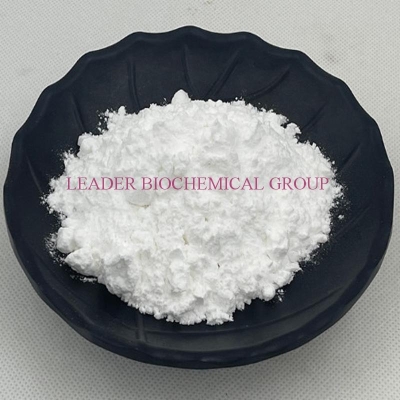-
Categories
-
Pharmaceutical Intermediates
-
Active Pharmaceutical Ingredients
-
Food Additives
- Industrial Coatings
- Agrochemicals
- Dyes and Pigments
- Surfactant
- Flavors and Fragrances
- Chemical Reagents
- Catalyst and Auxiliary
- Natural Products
- Inorganic Chemistry
-
Organic Chemistry
-
Biochemical Engineering
- Analytical Chemistry
-
Cosmetic Ingredient
- Water Treatment Chemical
-
Pharmaceutical Intermediates
Promotion
ECHEMI Mall
Wholesale
Weekly Price
Exhibition
News
-
Trade Service
L-Aspartic acid, calcium salt (2:1) is a chemical compound that is commonly used in the chemical industry.
It is used in various applications, including the production of plastics, pharmaceuticals, and food additives.
However, the use of this chemical has raised concerns about its safety for human health and the environment.
In this article, we will discuss the safety of L-Aspartic acid, calcium salt (2:1) in the chemical industry.
To understand the safety of L-Aspartic acid, calcium salt (2:1), it is important to first understand its chemical properties.
L-Aspartic acid is an amino acid that is synthesized from corn or wood.
Calcium salt is added to the compound to improve its stability and solubility.
This chemical compound is a white or almost white, odorless, crystalline powder that is highly soluble in water.
The safety of L-Aspartic acid, calcium salt (2:1) has been a subject of much debate in recent years.
Studies have shown that this chemical compound can have harmful effects on human health and the environment.
One of the major concerns with the use of L-Aspartic acid, calcium salt (2:1) is its potential to cause cancer.
Studies have shown that this chemical can cause genetic mutations in cells, which can lead to the development of cancer.
In addition, this chemical compound has been shown to cause damage to the liver, kidneys, and central nervous system.
Another concern with the use of L-Aspartic acid, calcium salt (2:1) is its potential to cause reproductive harm.
Studies have shown that this chemical compound can cause birth defects and developmental problems in fetuses.
In addition, this chemical can cause harm to the reproductive system of both males and females.
The potential for L-Aspartic acid, calcium salt (2:1) to cause harm to the environment is also a concern.
Studies have shown that this chemical compound can have harmful effects on aquatic life, including fish and other aquatic organisms.
In addition, this chemical can cause damage to soil and groundwater, which can have a negative impact on the environment.
In conclusion, the safety of L-Aspartic acid, calcium salt (2:1) in the chemical industry has been a subject of much debate in recent years.
Studies have shown that this chemical compound can have harmful effects on human health and the environment.
The potential for this chemical to cause cancer, reproductive harm, and environmental damage is a cause for concern.
It is important that the chemical industry takes steps to minimize the use of this chemical and ensure its safe handling and disposal.







